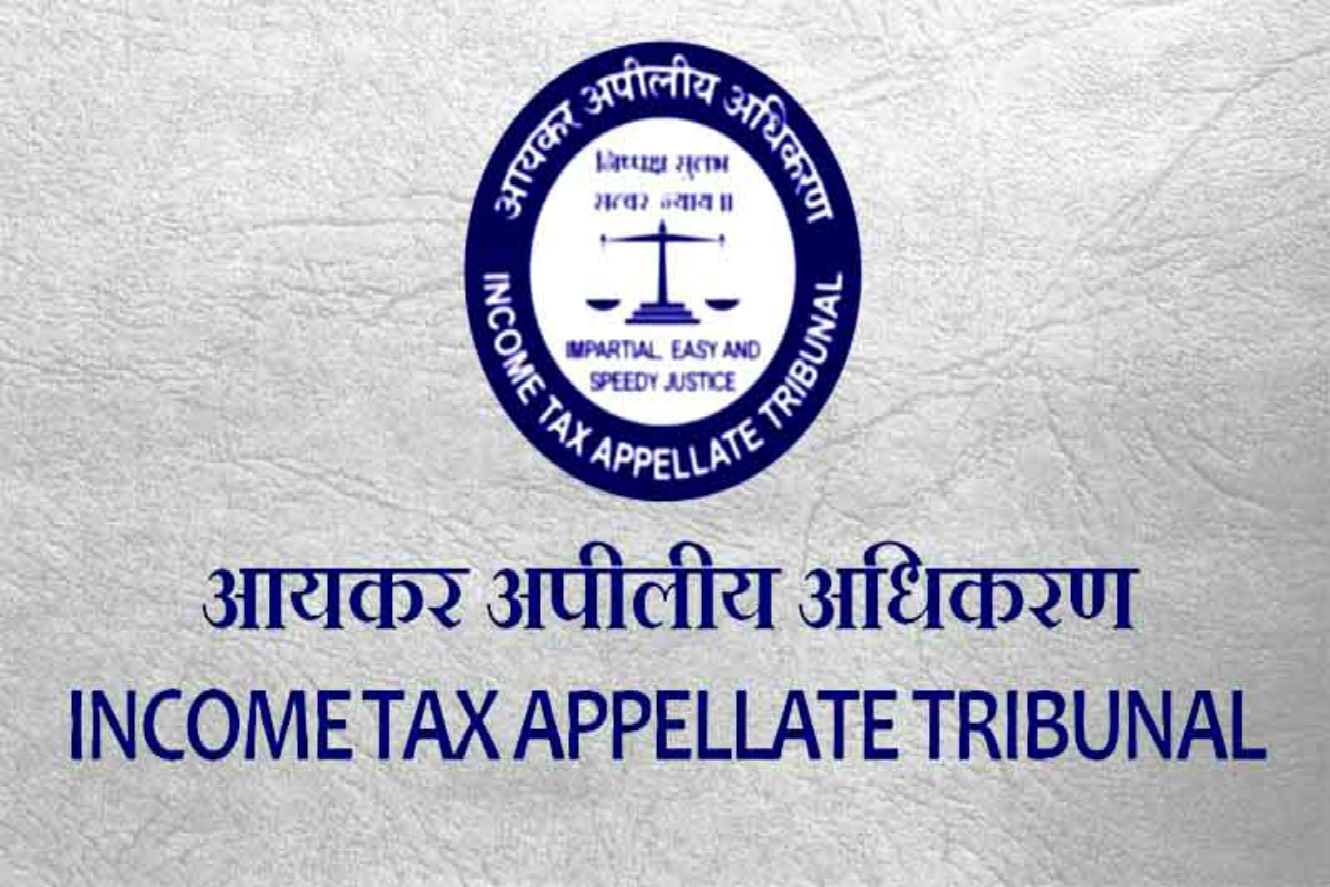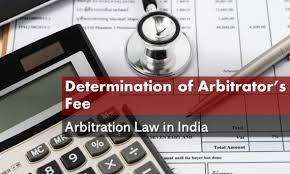G.P. Mittal, J.@mdashPlaintiff No.1 (Dr. Kamal Mitra Chenoy) is husband and Plaintiff No.2 (Dr. Anuradha Mitra Chenoy) is the wife. A suit for eviction/possession and permanent injunction was filed by the Plaintiffs against the Defendants with the allegations that Property No.19, Block No.171, Sunder Nagar, New Delhi, as described in Para 1 of the plaint was let out by Plaintiffs to Defendant No.1 (M/s. Dunlop India Limited) through its authorised signatory Mr. R.K. Kapoor for the residence of Defendant No.2 (Dr. A.P. Singh) and his family members vide a registered Lease Deed for a period of three years with effect from 01.08.2009. If the lessee was desirous of renewal of the lease, he was required to request the lessor in writing at least three months in advance before expiry of the term of the lease. Unless specifically agreed in writing by the lessor (Plaintiff No.1), the lease was not to be renewed automatically on the expiry of the lease period. Similarly, by a Hire Agreement dated 01.08.2009, the fittings and fixtures as mentioned in Annexure A to the Agreement were given on hire. Simultaneously with the agreement of lease on the expiry of lease period, the Hire Agreement was to automatically come to an end. The rent of the premises was Rs.1,60,000/- payable by Defendant No.1 to Plaintiff No.1 whereas the hire charges were Rs.2,40,000/- per month payable by Defendant No.1 to Plaintiff No.2.
2. In the application under Order 1 Rule 10 read with Section 151 of the Code of Civil Procedure, 1908 (CPC) being IA No.1072/2013, Defendant No.1 contends that Plaintiff No.2 is an unnecessary and improper party in the suit for eviction. Plaintiff No.2 is not entitled for relief as prayed in the plaint and thus, the name of Plaintiff No.2 is liable to be deleted from the array of parties.
3. In the application under Order 7 Rule 11 CPC (being IA No.4904/2013) moved by Defendant No.1, it has been averred that the basis of the suit are two different agreements with two different parties. Thus, it is claimed that the suit can be maintained either by Plaintiff No.1 or by Plaintiff No.2. Since the Plaintiffs have joined two different causes of action, the Plaint is liable to be rejected.
4. Both these applications have been resisted by the Plaintiffs by way of filing separate written replies. It is urged that the applications are misconceived and have been moved with groundless allegations. It is claimed that the cause of action accruing to Plaintiff No.2 is different from Plaintiff No.1 or that the Plaintiff No.2 cannot be granted relief in the instant suit. The sum and substance of the defence raised to the applications is that since the Lease Agreement dated 31.07.2009 and the Hire Agreement dated 01.08.2009 have been impliedly admitted by Defendant No.2 and since Hire Agreement was co-terminus with the registered Lease Agreement, Plaintiff No.2 has been rightly impleaded as a party in the instant suit and the suit is perfectly maintainable.
5. As per Order 1 Rule 1 CPC, all persons may be joined in one suit as Plaintiffs where: (a) any right to relief in respect of, or arising out of, the same act or transaction or series of acts or transactions is alleged to exist in such persons, whether jointly, severally or in the alternative; and (b) if such persons brought separate suits, any common question of law or fact would arise.
6. Similarly, as per Order 2 Rule 3 CPC, a Plaintiff may unite in the same suit, several causes of action against the same Defendant, or the same Defendants jointly and any Plaintiffs having causes of action in which they are jointly interested against the same Defendant or the same Defendants jointly may unite such causes of action in the same suit.
7. It is well settled that for the purpose of deciding maintainability of the suit, the averments made in the plaint have to be taken on their face value. Thus, the averments are that Plaintiffs No.1 and 2 are husband and wife and they had entered into a Lease Agreement and Hire Agreement respectively for a period of three years w.e.f. 01.08.2009 and that the Hire Agreement was co-terminus with the Lease Agreement. Thus, one of the questions that may be required to be gone into by the Court during the trial will be that whether Lease Agreement dated 31.07.2009 (though the same appears to have been admitted by Defendant No.2) was entered into between the parties and whether the Agreement came to an end by efflux of time. Similarly, the Court will have to decide whether as per the terms of the Hire Agreement, the same was co-terminus with the Lease Agreement. These are the common questions of facts which are required to be decided in the suit.
8. Learned senior counsel for the Defendants has urged that the suit for recovery of possession of movable property having market value has to be valued as per Section 7(iii) of the Court Fees Act according to the value of the suit property on the date of presentation of the plaint. Whereas the suit of recovery of possession from the tenant has to be valued according to the amount of rent of immovable property to which the suit refers.
9. It is well settled that if a suit conforms to the requirement of Order 1 Rule 1 CPC, that is, different parties have been properly joined, the suit will not be bad mis-joinder of parties and causes of action. In
10. In
11. Learned counsel for the Plaintiffs also relies upon
4........Clause 10 of that agreement is relevant. It provides that the lease of the theatre and the hiring of the furniture, fittings, etc., shall be coextensive.
Thus, the terms and conditions stipulated in the various agreements referred to and entered into between the parties to this action clearly go to show that the intention of the parties is to run the theatre as a going concern with the furnitures, fittings, etc., as originally provided by the lessors and subsequently altered and provided from time to time by the lessees. As pointed out by a Division Bench of this Court in 86 LW 65, the question of intention of the parties will become relevant only if the terms of the transaction are not clear. In this case, the terms are very clear, simple and unambiguous and therefore, the intention also can be clearly seen and the purpose for which the building was taken is to run the business of the theatre with the fixtures, fittings, etc. There can be no doubt in holding that the intention of the parties was to enter into a transaction of lease of a going concern of theatre. So, we have no hesitation in holding that Ex. A-1 is a composite lease. We answer the point accordingly and in favour of the lessors and against the lessees.
12. The judgment of K.V. Jai Singh may not be strictly attracted to the facts of the present case in view of the fact that in that case, there was only one agreement between the parties and on the interpretation of the agreement, the clear cut intention of the parties was to run the theatre as a going concern with furniture, fittings, etc. and thus, it was held that the lessee was not entitled to the protection of Tamil Nadu Building (Lease and Control) Act, 1961.
13. At the same time, in view of the provisions of Order 1 Rule 1 CPC, it can very well be stated that the Plaintiffs were entitled to sue the Defendant jointly and the plaint did not suffer from any mis-joinder of parties or mis-joinder of causes of action as common question of fact did arise for decision.
14. At this stage, this Court need not go into the question whether the suit has been properly valued for the purpose of court fees and jurisdiction as the Plaintiffs can always be directed to correct the value of the suit for the purpose of court fees and jurisdiction and they can also be required to pay the deficient court fees at a later stage.
15. Thus, Defendant No.2 is not liable to be deleted from array of parties nor the suit is bad for misjoinder of parties or causes of action. IAs No.1072/2013 and 4904/2013 are devoid of any merit; the same are accordingly dismissed.
16. Now, I shall turn to IA No.891/2014 (under Order 6 Rule 17 CPC). As stated earlier, the Plaintiffs have filed this suit for recovery of physical possession of the suit property. The premises also included certain fixtures which were given on hire along with Lease Agreement. Along with recovery of possession, the Plaintiffs were entitled to sue for recovery of mesne profits also. Along with suit, the Plaintiffs moved an application under Order 2 Rule 2(3) read with Section 151 CPC stating that the Plaintiffs are unable to ascertain or quantify the mesne profits due to them and that they may be permitted to sue for such other relief as may be available to them subsequently.
17. By virtue of this application, the Plaintiffs want to claim the damages/mesne profits at the rate of Rs.2.4 lacs towards rent and Rs.3.6 lacs per month towards hire charges (totalling Rs.6 lacs per month) and accordingly, want to value the suit for the purpose of recovery of damages and mesne profits at Rs.30 lacs.
18. The application is opposed on the ground that the amendment sought will change the nature of the suit and that the application has been moved in order to overcome the Defendant''s application under Order 7 Rule 11 CPC.
19. It is urged by the learned senior counsel for the Defendants that if two causes of action cannot be joined and Plaintiff No.2 is to be deleted, this Court will not have any jurisdiction to entertain the suit as the value of the suit for the purpose of court fees and jurisdiction will be only Rs.19,20,000/- and the District Court will have the jurisdiction to entertain the suit.
20. I have already rejected the plea of Defendant No.2 in this regard and also dismissed application under Order 7 Rule 11 CPC.
21. The law with regard to amendment of pleadings is very liberal. The amendments are freely allowed as may be just and for determining the real question in controversy between the parties. Order 6 Rule 17 CPC reads as under:
17. Amendment of Pleadings.- the Court may at any stage at the proceedings allow either party to alter or amend his pleadings in such manner and on such terms as may be just, and all such amendments shall be made as may be necessary for the purpose of determining the real questions in controversy between the parties:
Provided that no application for amendment shall be allowed after the trial has commenced, unless the court comes to the conclusion that in spite of due diligence, the party could not have raised the matter before the commencement of trial.
22. In
23. As stated earlier, a Plaintiff is otherwise entitled to claim mesne profits along with suit for recovery of possession. It may be noted that the plea that the amendment will render the suit non-maintainable was rejected by the Supreme Court. In
24. In my view, the amendment sought for will be to avoid multiplicity of proceedings and is not going to cause any prejudice to the Defendants.
25. The application for amendment being IA No.891/2014 is accordingly allowed.
CS (OS) 3391/2012
26. Amended plaint and the court fees be taken on record.
27. The Defendants will be at liberty to file written statement to the amended plaint within four weeks.
28. Rejoinder, if any, be filed within four weeks thereafter.
29. List on 25th September, 2014 before the Joint Registrar.

